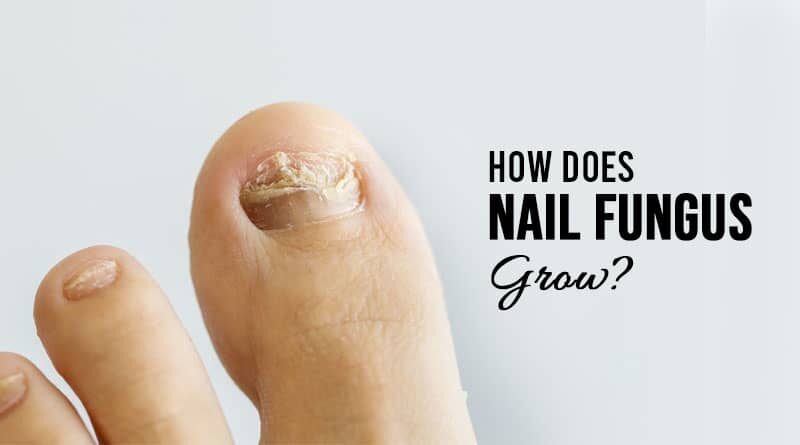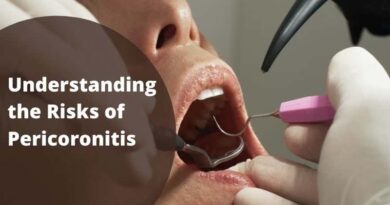How Does Nail Fungus Grow?
Nasty, discolored, and sometimes even quite painful and dangerous, nail fungus is something that plagues millions of people around the globe, particularly older people or people who work a lot on their feet. The fungal infections typically start small, with a few streaks down the toenails.
Then they’ll start changing color, and before you know it, you’re dealing with weak, brittle nails that are falling apart and smelling bad and causing pain. The idea with nail fungus isn’t to wait until it gets awful to treat it; instead, you should be acting preemptively by caring for your nails with a quality, clinically proven nail repair gel to help prevent the fungus.
But where does nail fungus come from? In a fight to prevent this sort of condition with your toenails, you must know about the topic. Here is some information on nail fungus, so that you can better understand how it happens and therefore can better understand how to prevent it.
Table of Contents
How Does Nail Fungus Grow?
Explaining the Growth of Nail Fungus
Nail fungus is known by the name onychomycosis(1). Roughly half the people in North America will end up facing this condition in some form by the time they’re 70. Unfortunately, there are too many different types of fungi out there to simply chalk it up to a primary class.
The fact is that anywhere bacteria grows, fungi can also grow, and these microscopic particles can work their way into the toenail, in places where there is also trauma. The fungi get in through cracks. Since the fungi are literally microscopic, they’re working their way in through cracks in your nails that you likely didn’t even know you had.
Once the microscopic particles take root in your nails, they’re generally in a warm, moist environment when people wear their socks and shoes and work hard on their feet. This area will promote the growth and cause the fungus to start spreading. Once it has incubated and multiplied, it’s only going to get worse and worse until treated. People deal with this, unfortunately, very often.
Read: Home Remedies for Smelly Feet
Areas Promoting Bacteria
There are a few areas where nail fungus is really prevalent and where you will be likely to get it. A lot of people think it comes from working too hard and too long, and that it’s a result of the feet being in generally poor condition.
However, the reason this correlates with rates of nail fungus is that these are the people who have nail trauma(2). They’re actually getting the nasty fungi from places like public gyms, swimming pools, locker rooms, and other areas where there’s a ton of bacterial and mold growth, and we can find the microscopic fungi all over.
You typically won’t get nail fungus just because your feet are in bad shape from constant work because of your lack of exposure to the bacteria. However, once you are exposed to bacteria with your feet in much poorer condition, you are far more likely to be introduced to the fungus that will quickly spread.
Read: Epsom Salt for Feet
Not Taking Proper Care of the Feet
The smallest cracks you could imagine, allow this fungus to get in and grow. It’s highly unlikely that these microscopic fungi work their way into your skin through healthy nails. They need cracks and places to enter. For people who really want to be preventative here, a quality nail repair gel will help to stave off this fungus, as it will keep the toenails more robust and without damage. If there aren’t any cracks, then there aren’t any fungi to spread. It’s really that simple.
Read: Brittle Nail Treatments
Risk Incidences Increase with Age
It’s essential to be diligent because your risk factor dramatically increases as you age. As any of us age, the protective protein we have called Keratin(3), which creates our nails, loses a lot of its strength and luster. So the nails we’re growing as we get older are already a lot thinner and more brittle, and thus they’re straightforward to crack and chip away. So older people need to be a lot more diligent.
The good news with nail fungus is that there are methods of prevention. You need to ensure you’re using a quality product to protect your nails, while also being very diligent about the places you’re exposing your feet to the fungi.





